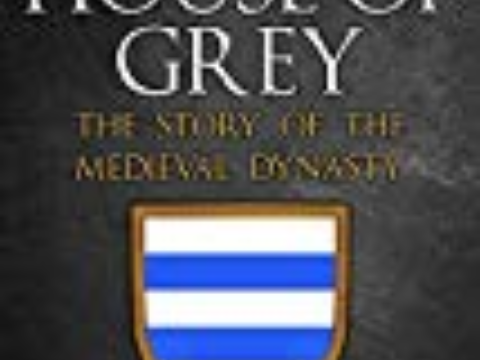Katherine Parr: Where She Lived
Country Lady to Queen
Chapter 3 : Lady Latimer (1534 - 1543)
Whether Katherine was already acquainted with Lord Latimer is unknown, however at some point in 1533 she agreed to marry him and travelled the 50 miles back across the Pennines to Snape Castle.
Leaving Kendal for Snape nowadays, your Sat Nav will try to take you via the motorway, but overrule it and take the A684, (assuming that the weather is not icey in which case the road should be avoided as it is narrow and steep.) The route is a marvellous trek up and down the Lakeland fells and into the North York moors. If Lord Latimer came courting the widowed Lady Burgh in 1533, this is the route he would have taken, and this is the route his bride would have ridden as she said goodbye to Lady Strickland and headed east to her new home.
Around 10 miles west of the Great North road, now the A1, but following the old Roman route and the main artery between York and London, Katherine would have turned off towards Snape. Just as it does today, the road passed Jervaulx Abbey, the lordship of which had passed to her father when he inherited his mother's moiety of the Barony of FitzHugh of Ravensworth. Whether Katherine would have wanted to visit the Abbey may depend on how advanced her religious views had become.
In 1533, although some of the smaller houses had been closed by Cardinal Wolsey because of lack of numbers, there was no breath of the massive programme of dissolution that would overwhelm the country, changing it more in the following five years than in the previous five hundred.
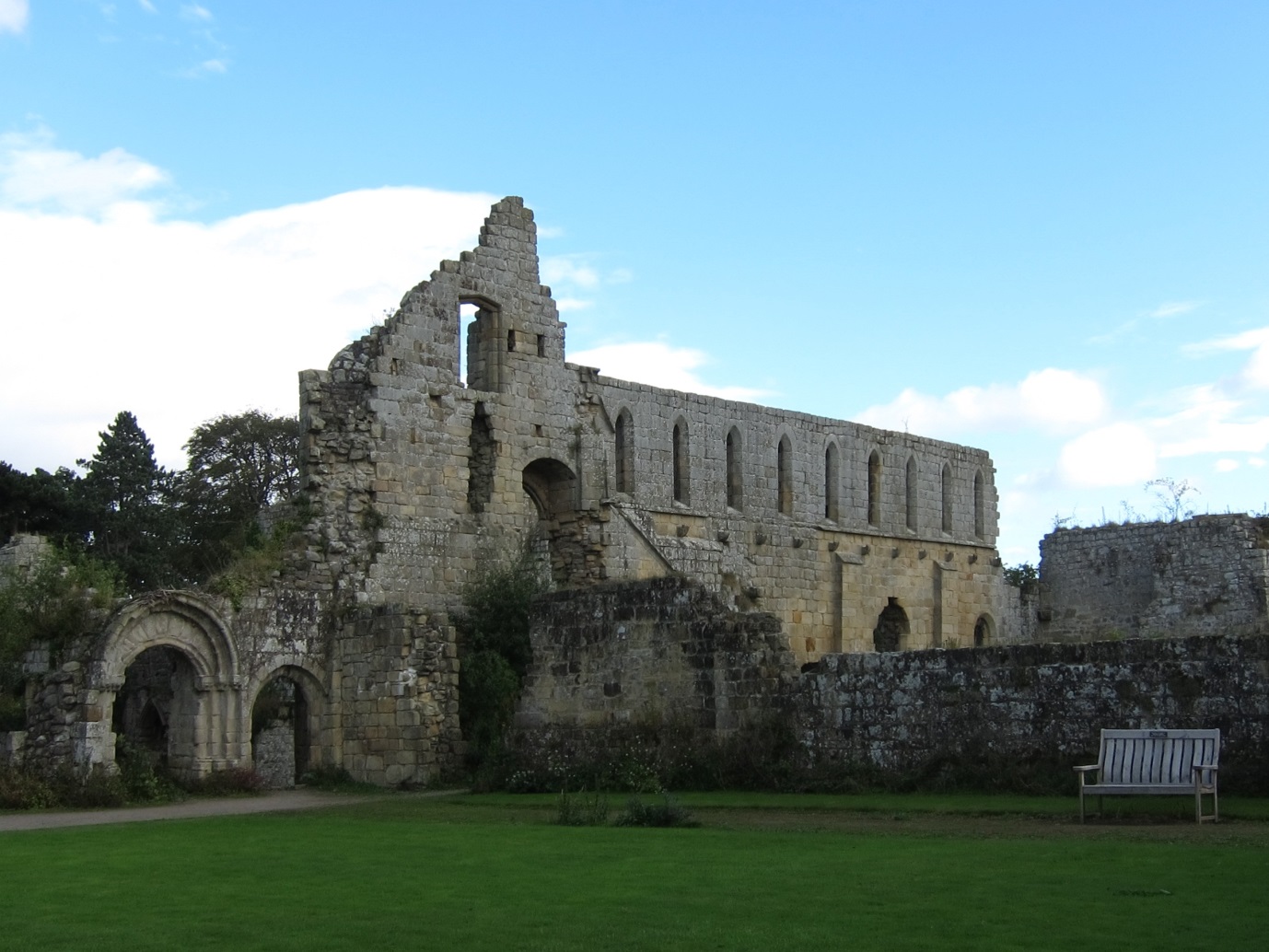
Arriving at Snape, she would have found a new home very much grander than her old manor at Kirton-in-Lindsey, or even Gainsborough Hall. The fifteenth century castle had been built as one of the great Neville strongholds and commanded a large area of countryside.
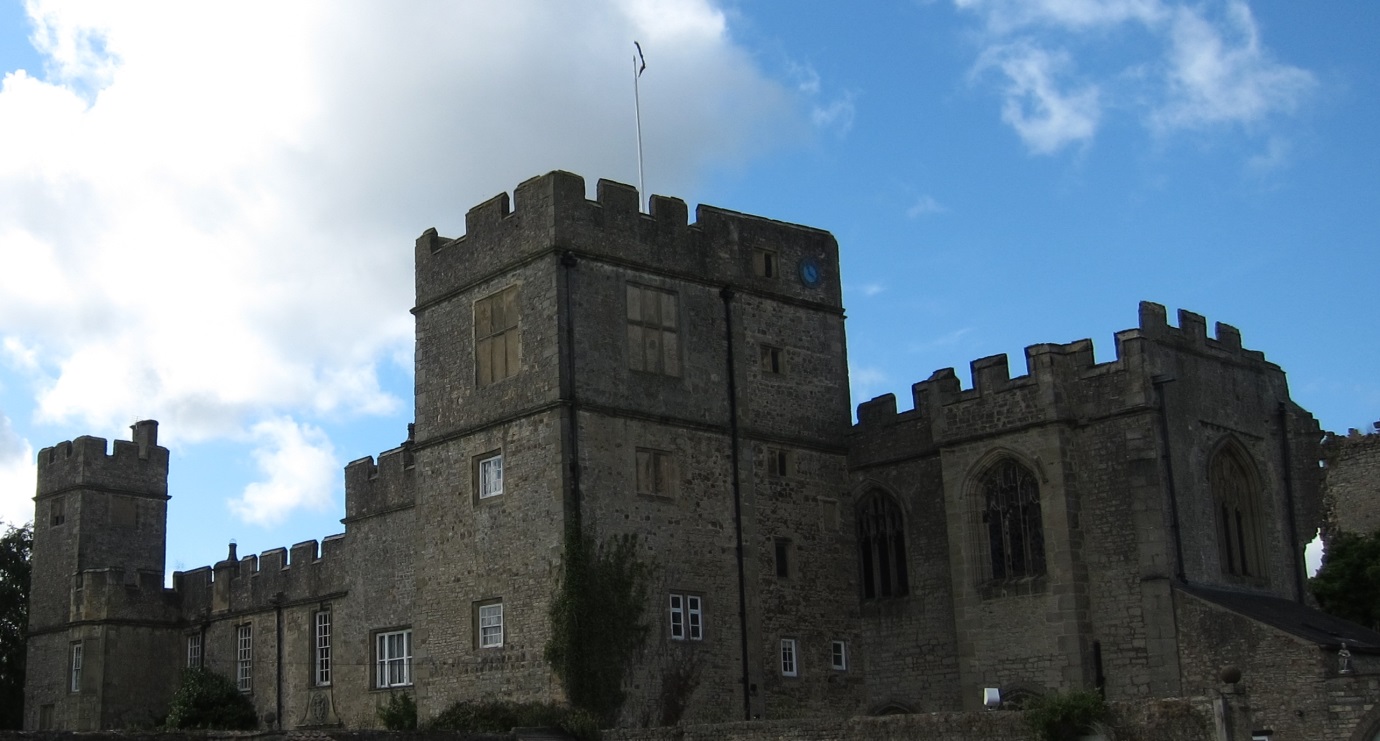
Nowadays, Snape, and its attendant villages of Snape and Wells seem very isolated, but in Katherine's day the route between Ripon and Jervaulx was well travelled, and there were many castles and manors in the surrounding area lived in by her various cousins – the Scrope castle of Bolton (which might have been her home had her mother's original marriage plans for her to the Scrope heir been fulfilled), and the royal castles of Sheriff Hutton and Middleham are all within a day's ride.
The church associated with the Latimers, St Michael and All Angels, Well, is less than three miles away, and would have been patronised by Katherine and her new Neville family.
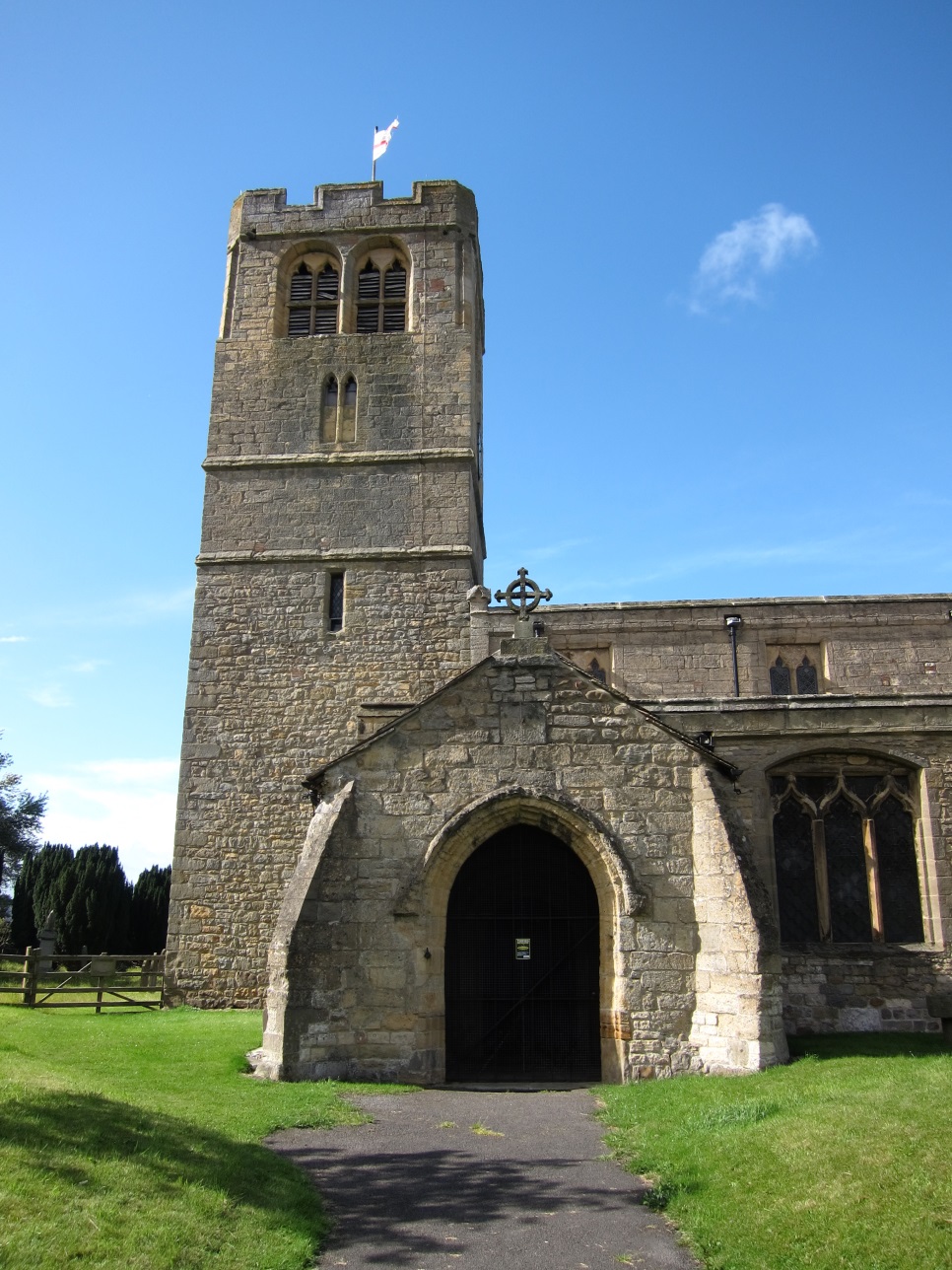
However, her country life was rudely interrupted by the Pilgrimage of Grace. Following the suppression of the rebellion, and the reluctant pardoning of her husband for his part in it, according to her biographer, Katherine and Latimer moved south, first to Wick Manor in Worcestershire, and then to the bosom of her family in Northamptonshire.
From Snape to Wick is not an easy journey, even now. The easiest route is to rejoin the A1 at Kirklingon and then follow it south to Doncaster where you turn west onto the M18 to link up with the M1 southbound. The M1 will take you to the A42, and thence to the M42 and M5 south to Worcestershire. Exiting the M5 onto the A449, follow the road through the lovely market town of Pershore (famous for its plums!).
Pershore and its environs grew up around the great Abbey Church of the Holy Cross, which, when the Latimers arrived had not yet been dissolved.
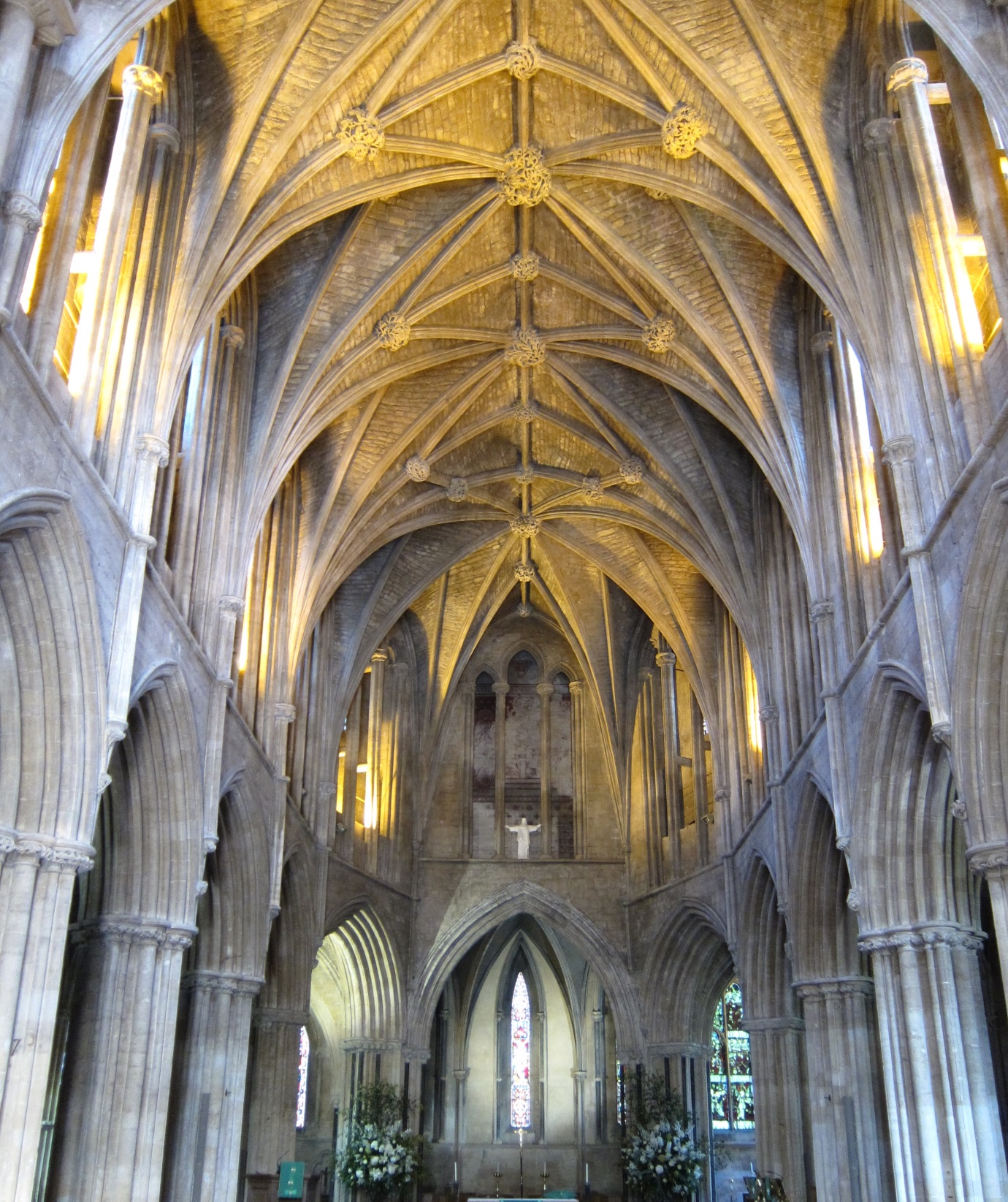
Wick is on the eastern edge of Pershore, down a sign-posted side road. In fact, the manor of Wick belonged to Latimer's brother, William, in right of his wife, so the trip may have been more in the nature of a family visit, and perhaps a welcome oasis of tranquillity, as Worcestershire had played no part in the Pilgrimage of Grace.
There are many traces of mediaeval and Tudor buildings incorporated into current houses in the village, but the masterpiece is the one known as Wick Manor, which at first glance is the quintessence of a Tudor Manor House, but in fact it was almost completely rebuilt in the early twentieth century.
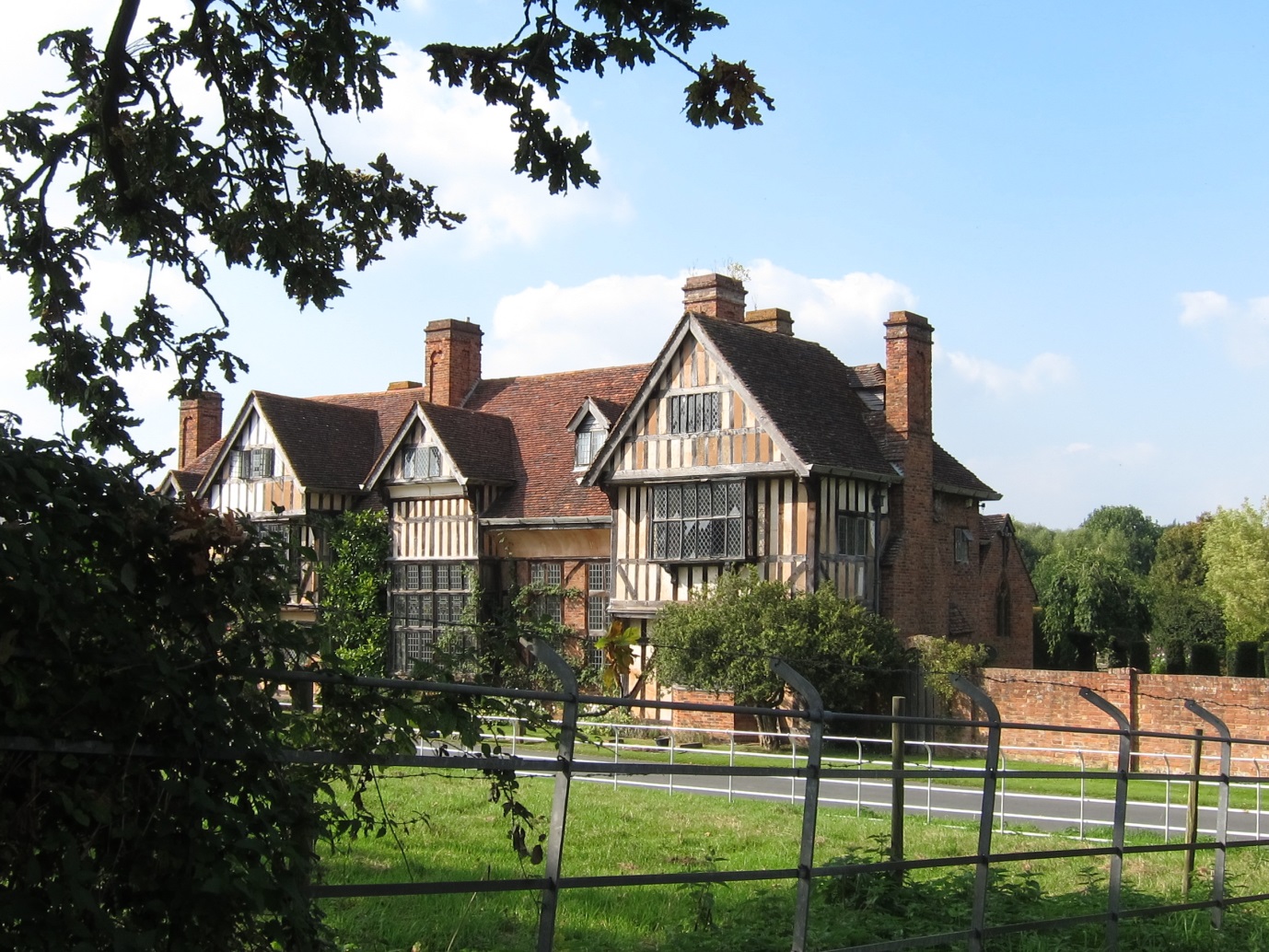
The Latimers did not remain long in Wick. According to his biographers, Lord Latimer then purchased a property called Stowe Manor in Northamptonshire, in the village of Church Stowe (also known as Stowe IX Churches). However, this property had previously belonged to his great-grandmother, Eleanor Beauchamp, and passed to his great-aunt, Katherine Neville, Lady Dudley. It seems likely that the reversion of the estate had fallen to Lord Latimer. The remains of the Tudor Manor are incorporated in a more modern building. (http://churchstowemanor.com/history.htm) Katherine was granted a life interest in Stowe Manor on Latimer's death. Church Stowe is located on the A5, about 10 miles west of Northampton.
In addition, on consulting maps, and the History of Northamptonshire, it appears that Latimer had another manor at Burton Latimer, just south of Kettering. This is within 5 miles of the manors of Orlingbury and Harrowden, inhabited by Katherine's cousins, Maud Parr, Lady Lane and Elizabeth Cheyney, Lady Vaux, where they may have spent time, although there is no trace of a house there of the right size or age.
The Church at Burton Latimer, however, remains as does that of Harrowden. The Orlingbury Hall Katherine would have known was demolished and rebuilt in 1709 and Orlingbury Church was also rebuilt in the nineteenth century. The Vaux Manor of Harrowden was completely rebuilt in the 18 th Century. It now houses the Wellingborough Golf Club. From Burton Latimer, take the A509 towards Wellingborough, from which Harrowden and Orlingbury are sign-posted, Harrowden actually on the main road, and Orlingbury a mile off it.
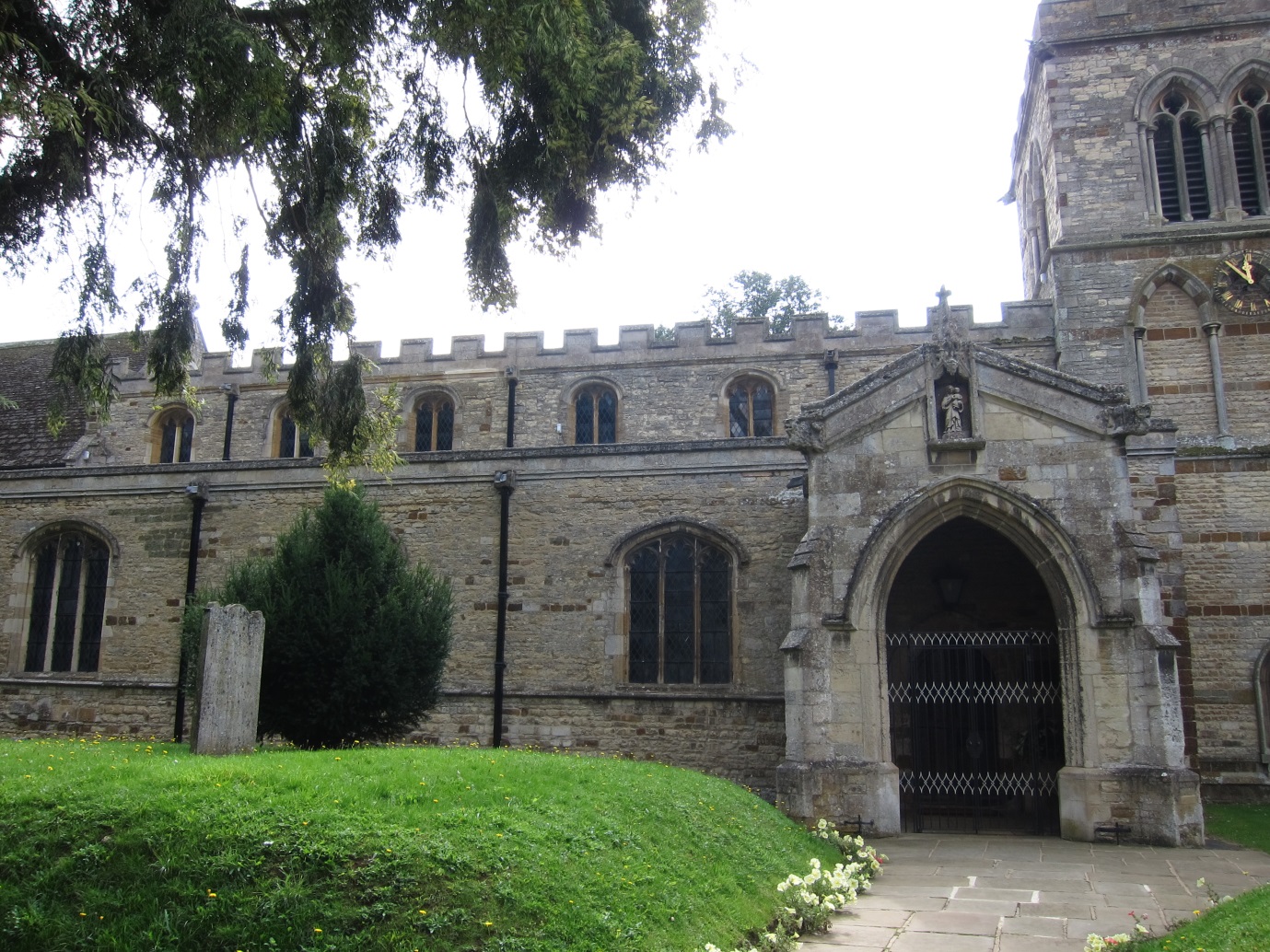
Katherine's uncle, Sir William Parr of Horton lived about 15 miles from this cluster of family. No traces of his home remain, although he and his wife are commemorated in the Church of St Mary Magdalene – not open other than on Sundays. Horton may be reached from Orlingbury by rejoining the A509 South, then turning onto the A428, then following the signposts onto the B526 Newport Pagnell Road.
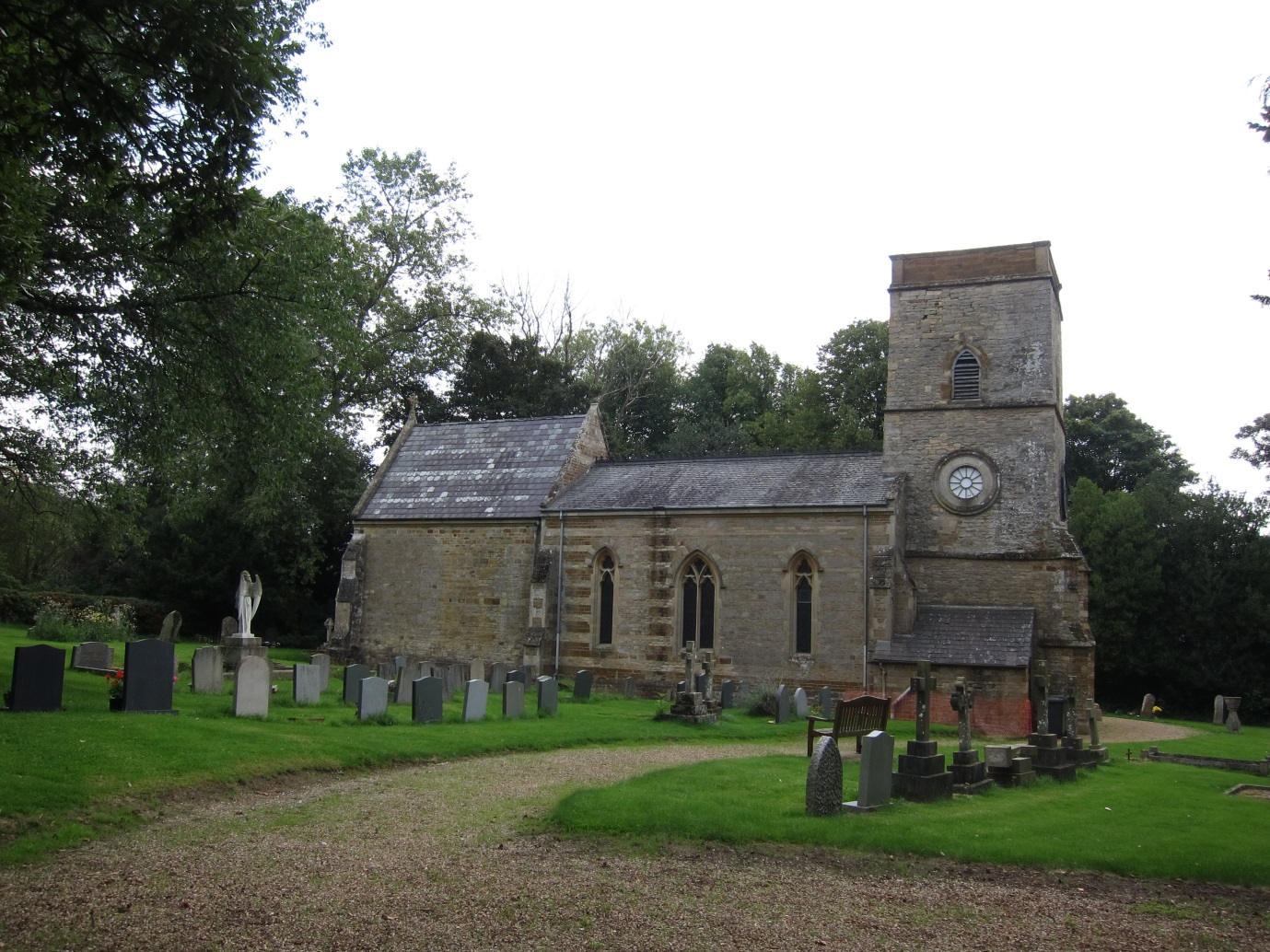
Katherine would not, however, have remained at home all of the time. Latimer was called to various commissions for the suppression of the recent rebels, and she is likely to have accompanied him to York.
Finally, the Latimers moved to their house in Charterhouse Yard, London, presumably a house near the great Carthusian Monastery that had been one of the most resistant to the Dissolution. Latimer died here, and Katherine moved to Court, visiting or employed by the Lady Mary.
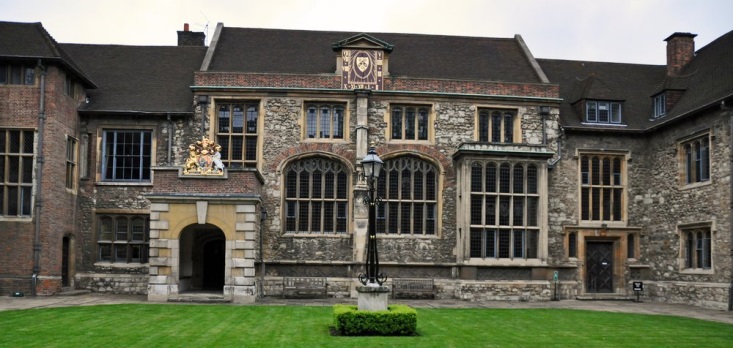
Katherine Parr
Family Tree
